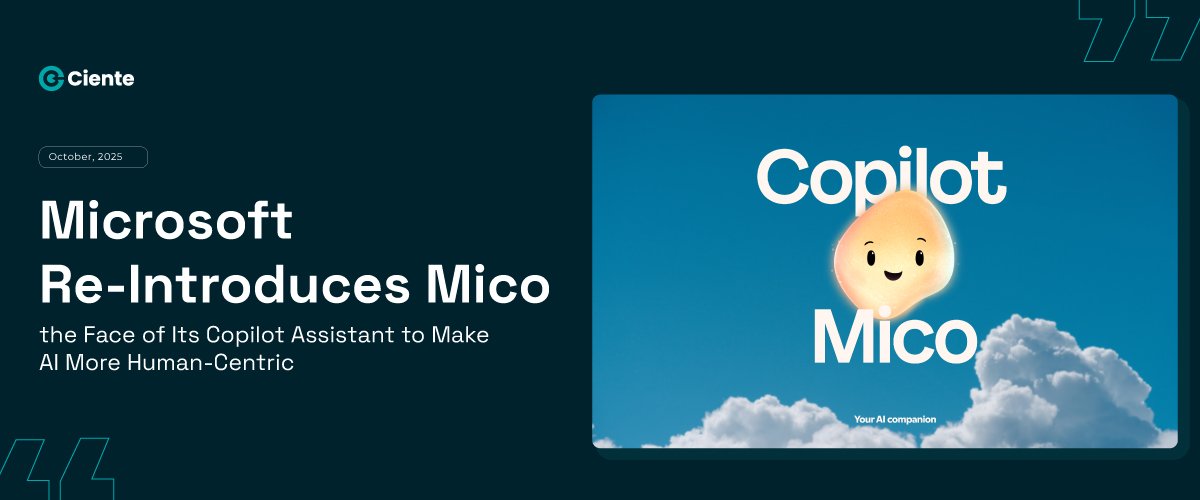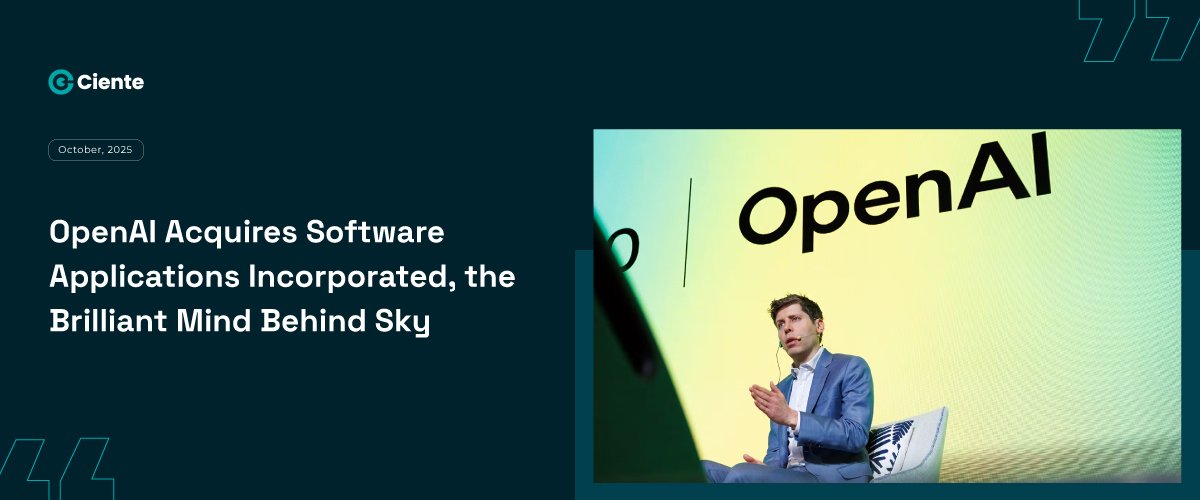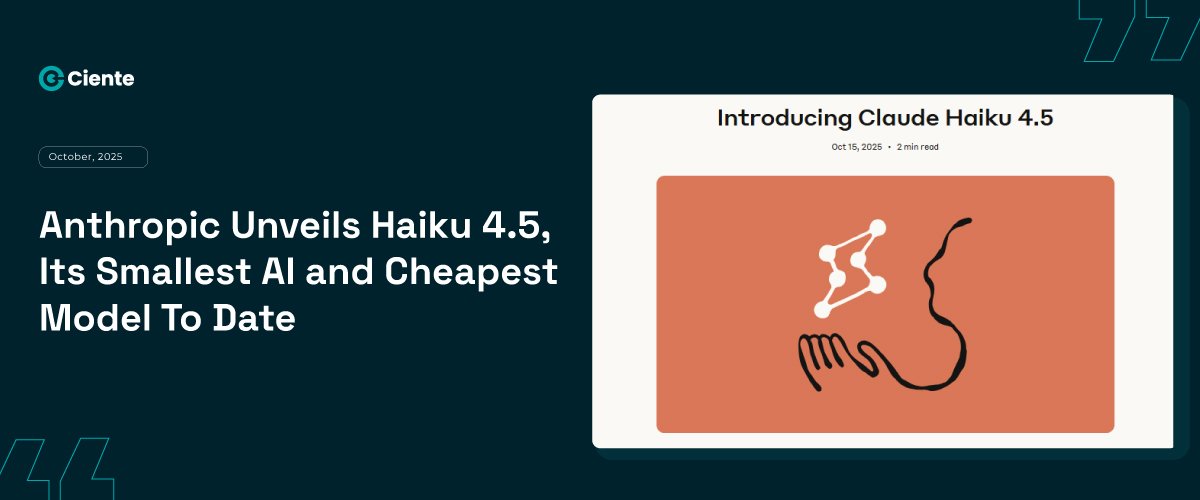Microsoft Re-Introduces Mico, the Face of Its Copilot Assistant to Make AI More Human-Centric
Several in the industry are labeling Microsoft Mico’s comeback as a nostalgia trap. Could this clippy feature, no one asked for, turn into something they might need?
Microsoft just dropped Mico. Its blob-shaped AI companion that changes colors based on your mood and responds in real-time.
But the tech giant is missing a vital point here.
When you introduce an animated character as your AI’s “visual presence,” you’re begging for Clippy comparisons. Microsoft knows this. They had to. The paperclip lives rent-free in every millennial’s head as a monument to intrusive tech that nobody wanted.
But Mico isn’t Clippy 2.0.
It’s what happens when you take the “human-centered AI” playbook a little too seriously.
Microsoft’s Copilot Fall Release rolls out 12 new features.
Most of them are actually usable: collaborative Groups for up to 32 people, long-term memory so you stop repeating yourself, and health features grounded in sources like Harvard Health. These are practical. These move the needle.
Then there’s Mico. A floating, color-shifting, emotionally expressive.
The knee-jerk reaction is to dismiss this as Microsoft trying to out-cute the competition. But look deeper.
Mico isn’t about aesthetics. It’s a bet on emotional intelligence in enterprise AI.
Voice interactions are taking off.
And users want an AI that feels more like talking to a colleague. So, honestly, in line with that, Mico’s animations aren’t gimmicks. They’re behavioral cues. It’s signaling comprehension, empathy, or processing when it changes color or reacts.
That matters in enterprise contexts where clarity and trust drive adoption.
Where is Microsoft going wrong?
Here’s where it gets messy.
Microsoft wishes for AI that “gets you back to your life” while simultaneously introducing features designed to keep you engaged, such as collaborative groups, shared chats, and a character that literally reacts to your tone.
Mico is optional, which is clever.
But the broader Copilot strategy leans on the integration of Edge, Windows 11, OneDrive, Gmail, and Google Calendar. And the outcome?
AI that “connects you to yourself, to others, and to the tools you use every day.”
The risk? Creating dependency loops where opting out becomes harder than opting in.
The real question is- Should you care about Mico? Not really. Should you care about what Mico represents? Absolutely.
Microsoft is betting that AI companions need personalities to earn trust at scale. Whether that’s a floating blob or something else doesn’t matter. What matters is whether your teams want AI that feels human or AI that works quietly in the background.
That’s the question worth answering.
And Mico’s just the test case.







